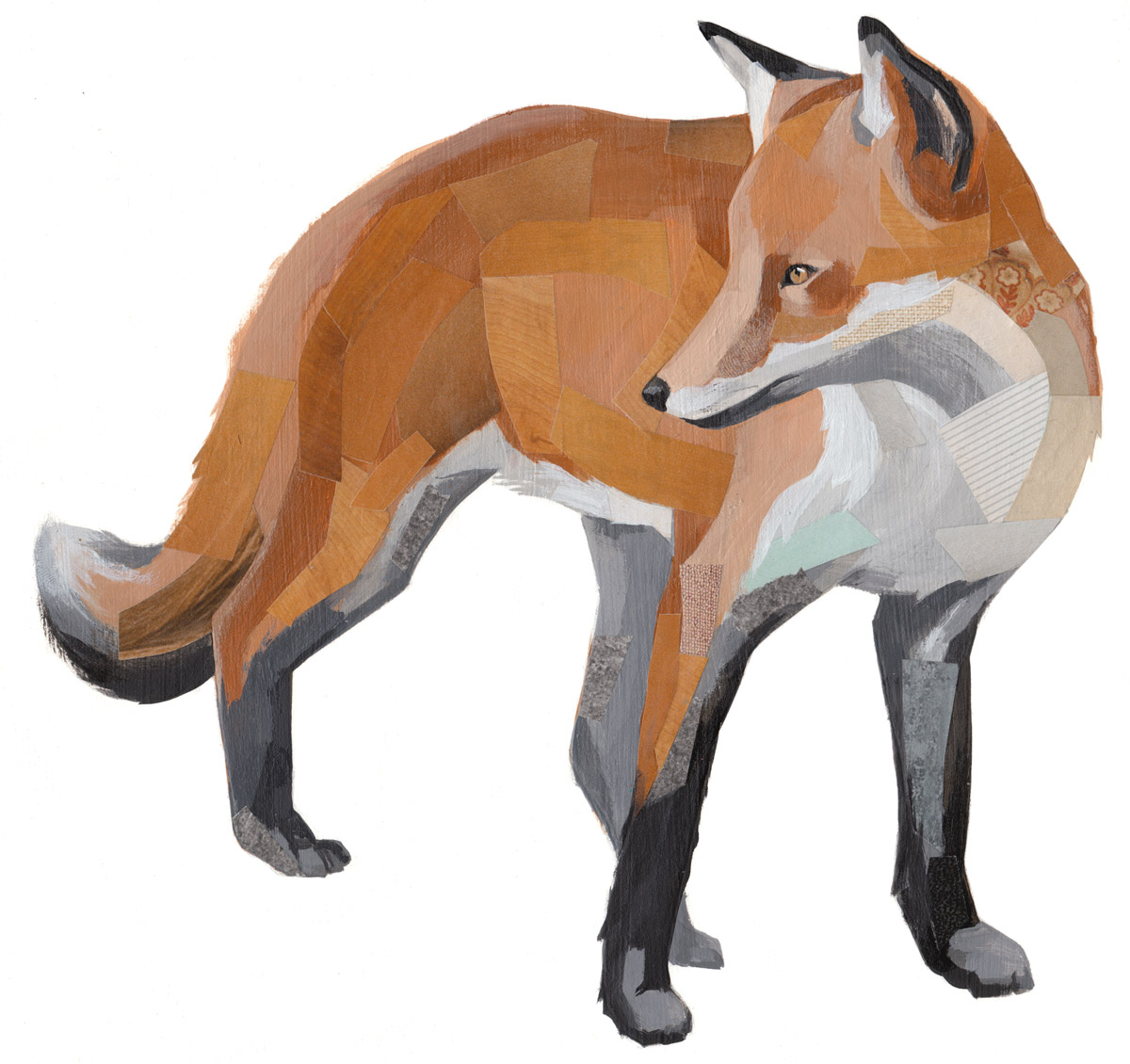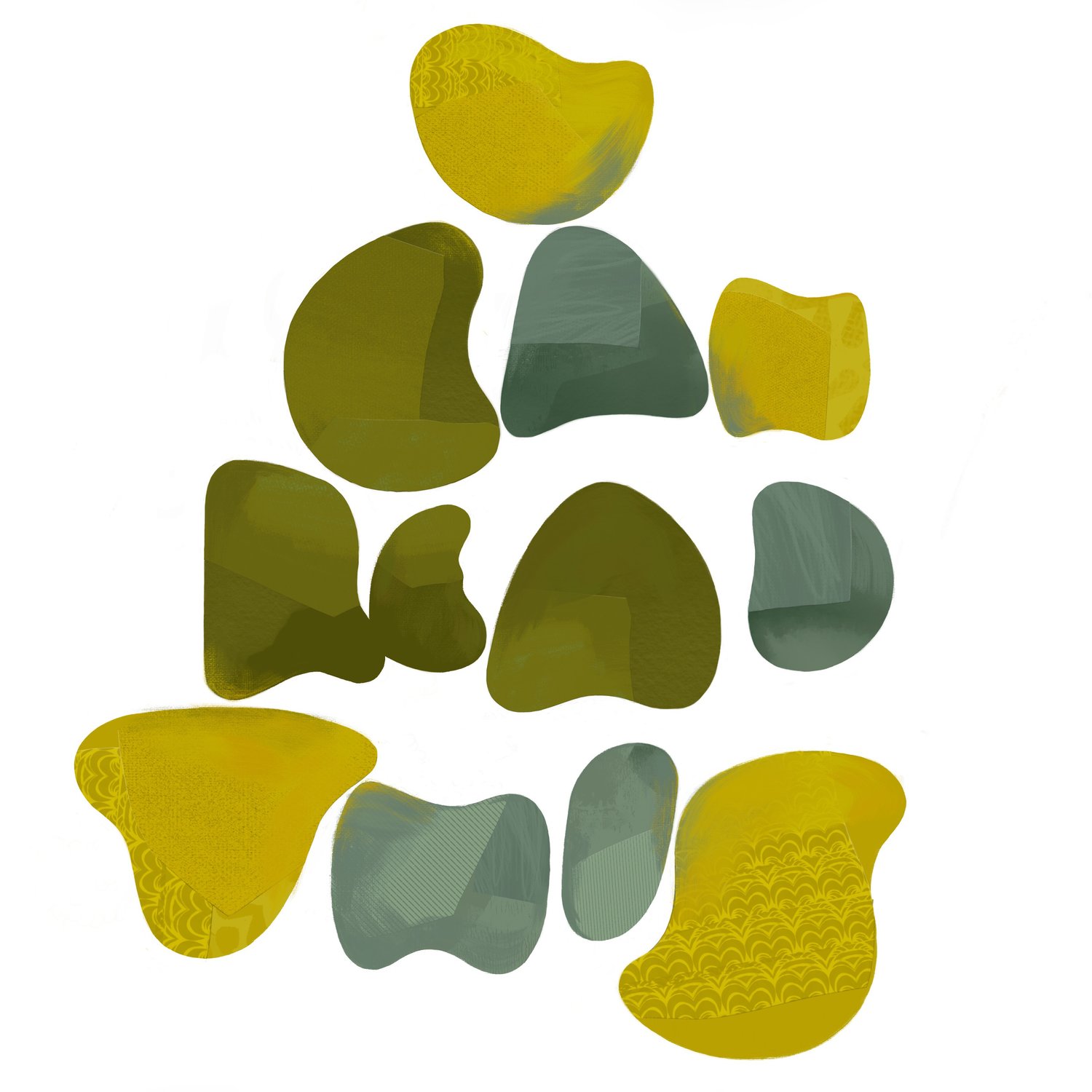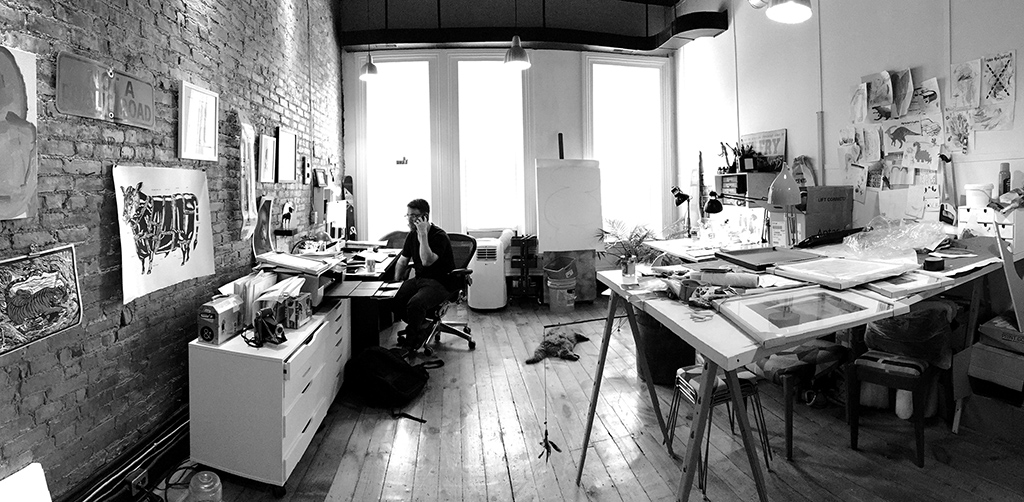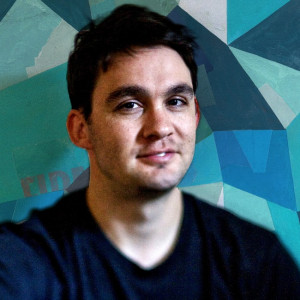My name is Darren and I’m a freelance illustrator and letterer based in Canada. I create work for book covers, advertisements, packaging, magazines, and surface design.
Currently you're working as an illustrator and letterer. Would you like to a) further expand your skills range or b) focus on several other activities?
I tend to have a short attention span and am often working on a variety of projects at any one time. One day I might start teaching myself some new software or start making work for a specific usage, such as patterns or children’s books. And the next day I could be working on a client project or working on writing a kids book. Working in a circle is a great way to keep myself interested in several things at once, but it’s also challenging because it’s an easy way to get distracted or to procrastinate when there’s something I don’t feel like doing, like sending invoices or updating my website.

Was academic education an integral stage in your personal becoming and to what extent ? Would you be able to reach the same level, if you were a self-taught person?
I graduated from Sheridan College’s Illustration program and without my education, I would not have become an illustrator or learned how to find my own visual voice. I didn’t even know what illustration was until I started college, while studying Art Fundamentals. Some people are able to reach a professional level without an academic education, but for me, I’ve always been a bit of a late bloomer and I definitely needed to be in a fertile environment to grow, especially in those early years when my teachers and friends were very influential and inspiring to me.

What analog tools do you mostly use? Why do you prefer them over software?
Until last year, I was working traditionally with acrylics and collage on gessoed printmaking paper. The majority of my work was small in size because I hated scanning in large works and then piecing them together in Photoshop. For years and years I preferred working traditionally because that’s how I learned to make art, that’s how I knew to communicate and express myself. But throughout the past 20 years of working on the computer, I’ve become very comfortable working on the computer and finally in the past few years, I feel like the hardware and software have finally reached a point where I can create the kind of work I enjoy making because the work doesn’t look digital anymore like it did years ago.
Could you tell us a little about your studio? What facilities do you need for productive work in comfortable environment?
I used to have a workspace in my house but for the 5 years I’ve had a separate studio downtown, which has been great as it allows me to better separate my work and life. It’s in a quiet building right downtown above a bakery and I work there by myself with my studio cat. For a productive work day I generally need zero distractions, which is another great reason why having a studio separate from my house is a good idea for me. I also need To-Do lists, even if they’re filled with easy tasks that I can cross off to feel productive. If I don’t have those, I get distracted very easily and then at the end of the day I feel like I’ve wasted it. I often turn off email, Slack, and social media, so I have time to work on projects without being interrupted. Over the course of a day or week or month, those small distractions add up.

Which illustrators had influence on your style and whose work do you still keep track of today?
Instructors and friends that I studied illustration with had the most influence on me - folks like: Joe Morse, Gary Taxali, and Jacqui Oakley. Social media has made it easy to keep track of all the inspiring work they’re putting out into the world, but as we all know it’s a wonderful platform for discovering new inspirations, as well. That said, it’s still important for us to turn off those sources of inspiration and focus on making my own work and not worry about what everyone else is making.
